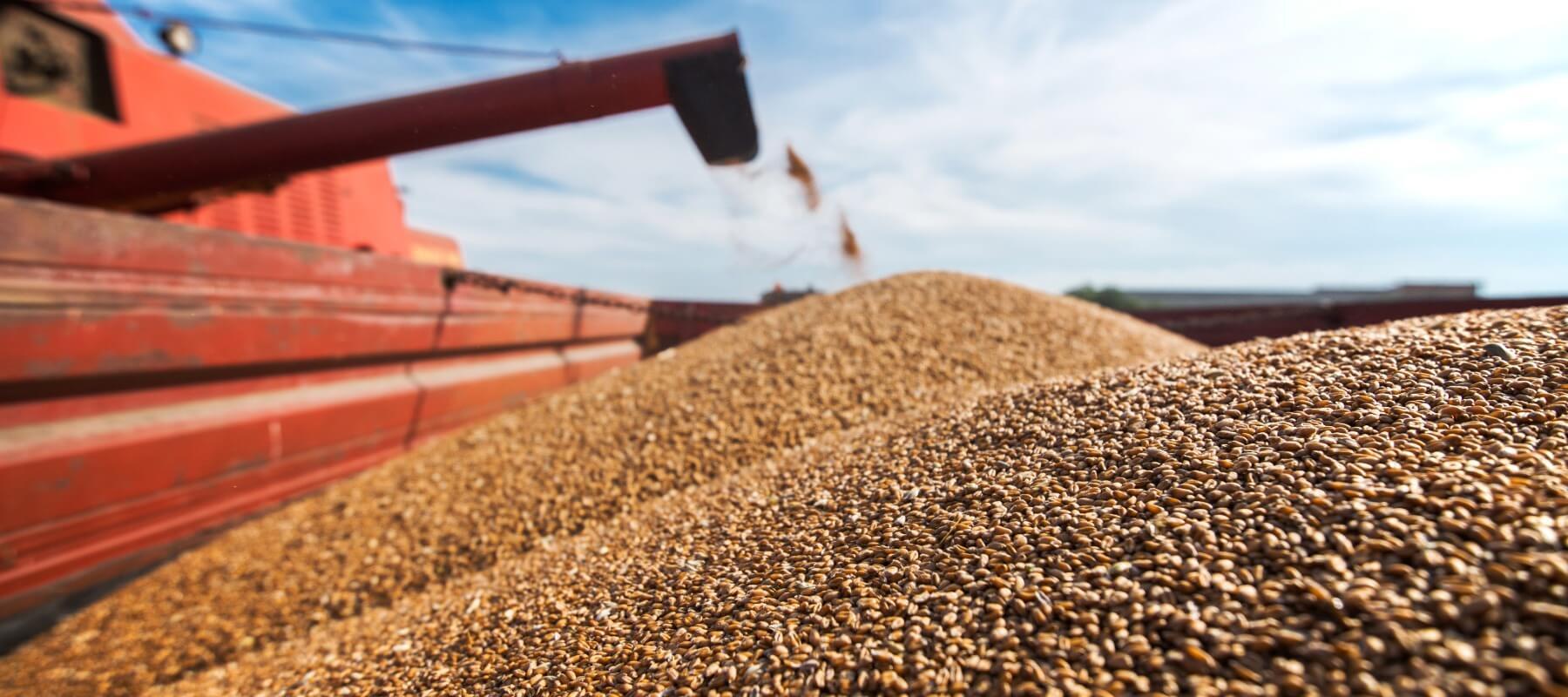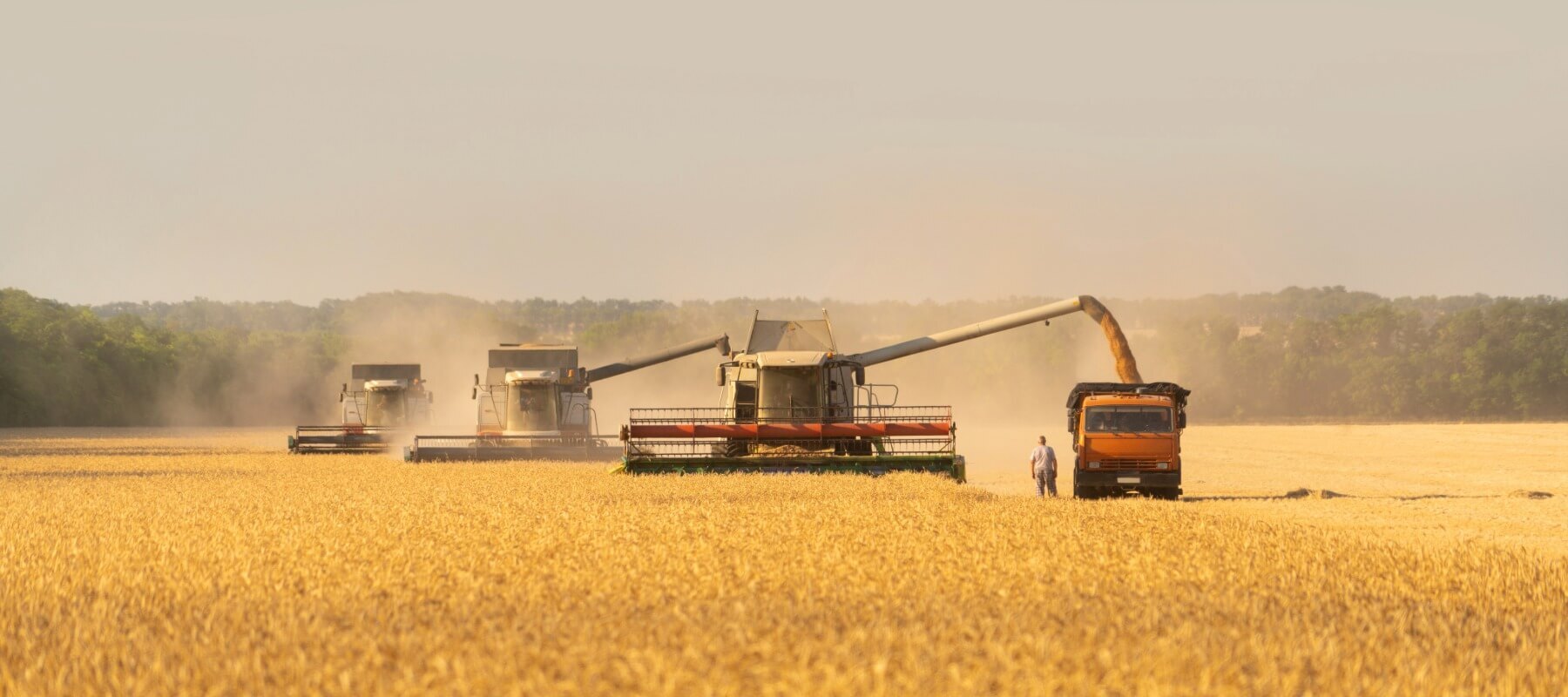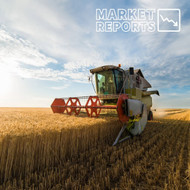UK Harvest Gains Pace, but Market Sentiment Stays Bearish
Posted by Emily on 14th Aug 2025 Reading Time:
The UK wheat harvest is moving steadily forward despite a testing season of stop–start weather. By Aug 6, almost half (48%) of winter wheat was in the barn—up sharply from 11% a fortnight earlier. Wales has wrapped up entirely, while the South West sits at 82% complete. Northern Ireland, the North East, and the North West are still lagging, reflecting both weather delays and regional soil conditions.
Yield is proving highly variable. Heavy land that held moisture through the spring is delivering solid results, whereas lighter soils—struck by dry spells—are returning lower volumes. Encouragingly, quality is strong across the board: Group 1 Milling wheat is averaging 13.5% protein and around 79 kg/hl in hectolitre weight, with some exceptional samples hitting 84 kg/hl. Hagberg Falling Numbers are generally above 300 seconds, though rain during harvest has pulled some readings closer to 200 seconds. Moisture is higher than in previous reports, averaging 15% as showers have interrupted cutting.
Milling wheat premiums have softened as the vast majority of samples are making the grade.

Prices and Market Movements
London November 2025 wheat futures closed at £172.00, down £6.40 from mid-July. High Protein OND 2025 wheat fell £12.00 to £202.00, while Low Protein OND 2025 dropped £9.00 to £185.00. CWRS (Delivered Spot) eased £5.50 to £262.00.
Charts tracking the Nov 25 Low Protein contract show a steady downward trend since late February, mirroring a broader easing in global markets. LIFFE futures and GP1 Milling wheat values are also tracking lower, with the latter falling from over £270/t a year ago to just under £200/t this week.
Currency Support for UK Buyers
Sterling’s strength has been a quiet tailwind for UK millers and importers. The pound has climbed from around $1.2750 in late July to $1.2930 in early August on expectations that the Bank of England will maintain a firmer monetary stance. For buyers of dollar-denominated wheat, this has shaved input costs—offering at least partial relief from recent price volatility.
Global Context – Weather and Crop Concerns
While the UK harvest advances, global wheat sentiment remains cautious. In the US, the winter wheat harvest is almost complete, but spring wheat areas in the Northern Plains and Canadian Prairies are suffering under persistent dryness and heat, dragging yield potential lower and supporting Minneapolis futures.
In the EU, major producers France and Germany are contending with a season of extremes: wet early conditions followed by summer dryness. Yields are underwhelming and unlikely to surpass last year’s totals, lending some resilience to MATIF futures.
The Black Sea remains the most aggressive player in export markets, with Russia continuing to offer competitively priced wheat. Ukraine’s export corridor stays open but fragile, its stability undermined by the ongoing conflict. This geopolitical uncertainty continues to inject volatility into pricing, even as overall global supply trends lean bearish.

Outlook
The coming weeks will be shaped by two forces: the pace and quality of the UK harvest, and autumn planting conditions in the northern hemisphere. With protein and specific weights holding firm, the domestic crop is well-placed to meet milling demand—though prices will remain under pressure from abundant supply and global competition. Currency movements, too, could provide either a cushion or a sting, depending on how sterling trades through the Bank of England’s next policy moves.


